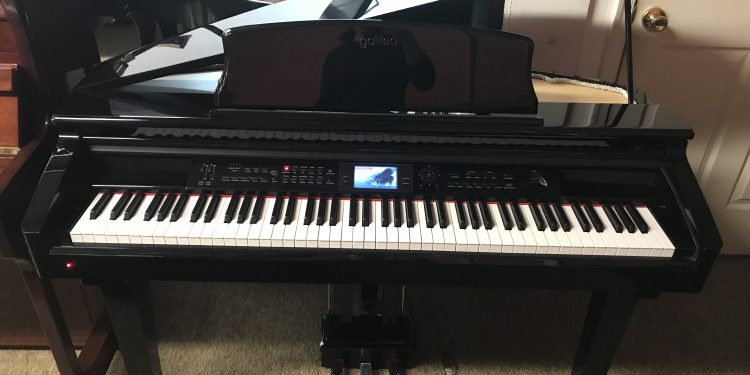Keyboards are made to suit a variety of play styles, players and settings, with features that satisfy both pro and beginners alike. When choosing the right piano for you, it’s important to consider the keys.
Determine The Number of Digital Piano Keys
Synthesizers start out with 25 keys. A 25-key setup may only have the range of 2 octaves. A 49-key setup, on the other hand may have at least have the range of 4 octaves.
Workstations usually have 61 keys and up. A 61-key setup may have the range of 5 octaves, while a 76-key setup gets 6 octaves.
Digital pianos that feature weighted keys are best for those who are accustomed to playing the acoustic version as they offer a similar, natural feel. A digital piano with 88 weighted keys has a similar layout to that of an acoustic platform with the added advantage of being more compact. The felt hammers and metal strings are replaced with digital recordings. The 88 keys consist of 36 black and 52 white keys across a 7-octave range.
Get A Feel Of How Easy It Is To Play The Keys
Keyboards may come with usage instructions or have a built-in tutorial in the keyboard itself. Some models may have software or instruction books that come with the package. All of these serve to show you where and how to stroke the keys while playing.
A keyboard may have weighted or touch-sensitive keys. Here’s the difference between the two:
Weighted Keys will need greater pressure to play the corresponding sound, but they do bounce back faster as compared to the unweighted variety. The added weight are easier on the fingers and you won’t feel as fatigued if playing for a long time.
Touch Sensitive Keys mean the sound strength depends on the pressure you apply to it. Light touch means a soft sound, while greater pressure equals a louder sound.














